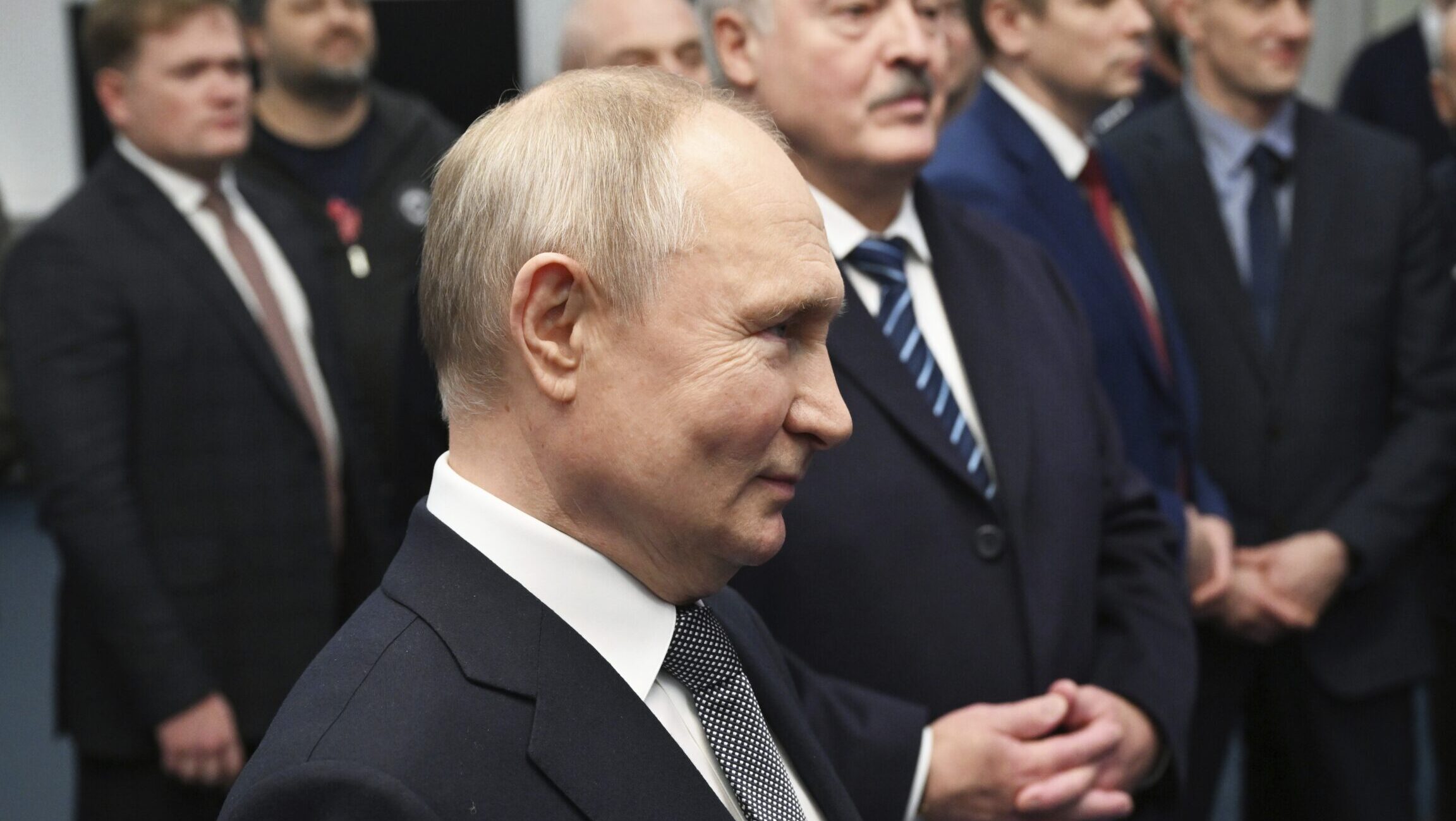NKorea rocket launch draws more worry than Iran’s
Apr 8, 2012, 10:11 AM
Associated Press
TOKYO (AP) – Just two months ago, amid celebrations of the 1979 Islamic Revolution, an Iranian rocket roared off a military launch pad and placed a 110-pound Earth observation satellite into orbit. The U.S. State Department grumbled about possible missile applications, but that was pretty much it.
Now it’s North Korea’s turn. As it prepares to launch a rocket to celebrate the 100th anniversary of the birthday of its founder, it too is telling the world that its goal is to get a satellite into orbit. It is even promising to give international observers front-row seats at its newly built launch facility _ just like Iran did in February.
But the international condemnation is much louder over the satellite launch North Korea plans sometime between April 12 and 16. The U.S. is promising to scrap a just-signed food aid deal if the rocket is launched. Tokyo and Seoul have vowed to shoot it down if it veers off course. Russia and China, which have long-standing ties with the North, have urged Pyongyang to rethink its plans.
Though the international community is concerned about both countries’ satellite launches, which require technology also needed to launch missiles, Pyongyang’s efforts are seen as a greater threat, in part because it already is believed to be capable of producing nuclear weapons.
Experts also are more skeptical of North Korea’s claim that its launch is a scientific mission. It has nothing to show for nearly 15 years of off-and-on efforts to launch a satellite, in contrast to Iran, which has successfully launched three.
While the two countries, which have a long history of cooperating to develop long-range missiles, appear to be pulling pages out of the same playbook, experts say Pyongyang’s launch plans are particularly bold.
“They are deliberately pushing the envelope,” said James Moltz, a professor at the U.S. Naval Postgraduate School in Monterey, California.
Moltz said the launches underscore how both countries, isolated from the international community, “are struggling to develop military capabilities that no one else wants them to get.”
For Iran, long-range missiles are seen as a key to keeping Israel at bay. North Korea wants a credible threat to counter the United States. Nothing could accomplish that better than raising the fear that it will put a nuclear weapon on the tip of an intercontinental ballistic missile, though North Korea is not yet believed to be capable of making weapons small enough.
Developing missiles is a tricky game for both countries. North Korea is under heavy U.N. sanctions to prevent it from conducting any ballistic missile tests. Iran is under sanctions preventing other nations from selling it missile-related technology.
Even so, conducting satellite launches helps both countries achieve military goals, though they have had different levels of success.
North Korea first tried to launch a satellite back in 1998. It tried again in 2006 and 2009, but international observers say neither succeeded.
Iran launched its first satellite aboard an Iranian-built rocket in 2009 and its second in June last year. In February, it successfully launched the Navid satellite into orbit with a missile launch-vehicle called the Safir.
But playing the satellite card has two big pluses for North Korea and Iran.
The launches augment data for military programs and at the same time boost national pride, just as the U.S., Soviet and, more recently, Chinese space programs have done for their countries.
Iran and North Korea claim their satellite launches are for strictly peaceful purposes, and say they have a sovereign right to space programs.
Recent satellite work by South Korea could complicate efforts to get North Korea to stop, said physicist David Wright of the Union of Concerned Scientists.
“South Korea has developed a space launcher _ interestingly, using Russian technology _ and has been trying to place satellites in orbit,” Wright said. “South Korea is currently negotiating with the U.S. to allow it to deploy missiles with longer range _ the current range limit is 300-600 kilometers (185-370 miles). So North Korea is likely feeling a double standard, and probably does not want to be shown up by South Korea.”
Cooperation between Iran and North Korea on missile technology goes back at least two decades.
Iran is believed to have begun cooperating with North Korea on the development of a medium-range missile in the early 1990s. The North Koreans also provided Soviet-designed Scud short-range ballistic missiles and the industrial and technical infrastructure for Iran to produce the missiles domestically.
“Iran is now considered more advanced than the North Koreans in missile technology _ particularly in the category of solid-fueled missiles,” said Greg Thielmann, a former senior U.S. intelligence official who is now at the Washington, D.C.-based Arms Control Association. “I think Iran no longer needs North Korean help to continue making advances in improving its ballistic missiles.”
Thielmann said Iranian launches suggest it is making significant progress.
“The second stage of the Safir-2 space launch vehicle exhibited technical features _ gimbaled engines and higher-energy fuel _ not previously seen in either Iran or North Korea,” he said. He also said Iran is developing a two-stage, solid-fuel, medium-range ballistic missile that is “superior to any the North Koreans possess.”
Iran’s claim to having ambitions beyond missile testing for its satellite program is also seen as more credible than North Korea’s. It has followed a rather predictable pattern of developing its space program with considerable foreign cooperation, which North Korea has shown little interest in.
“In Iran, you can observe a rational, logical, slow but steady program that is aimed at space launches, with expected failures and impressive successes,” said Markus Schiller, an analyst with Schmucker Technologie in Germany and a leading expert on North Korean missiles. “In North Korea, you only see singular events now and then, with no clear line or rationale visible.”
Schiller said military analysts will be watching closely to see how much the Unha-3 rocket North Korea plans to launch resembles the Iranian Safir. The upper stages of the rocket North Korea used in its 2009 launch bore several similarities to the Safir, which suggests ongoing collaboration between the two programs.
“It is known that North Korean rocket experts were in Iran in the 1990s,” he said. “Personally, I would expect a continuing cooperation between these countries on the missile-rocket sector, but it remains unclear to what degree they still cooperate.”
(Copyright 2012 The Associated Press. All rights reserved. This material may not be published, broadcast, rewritten or redistributed.)









